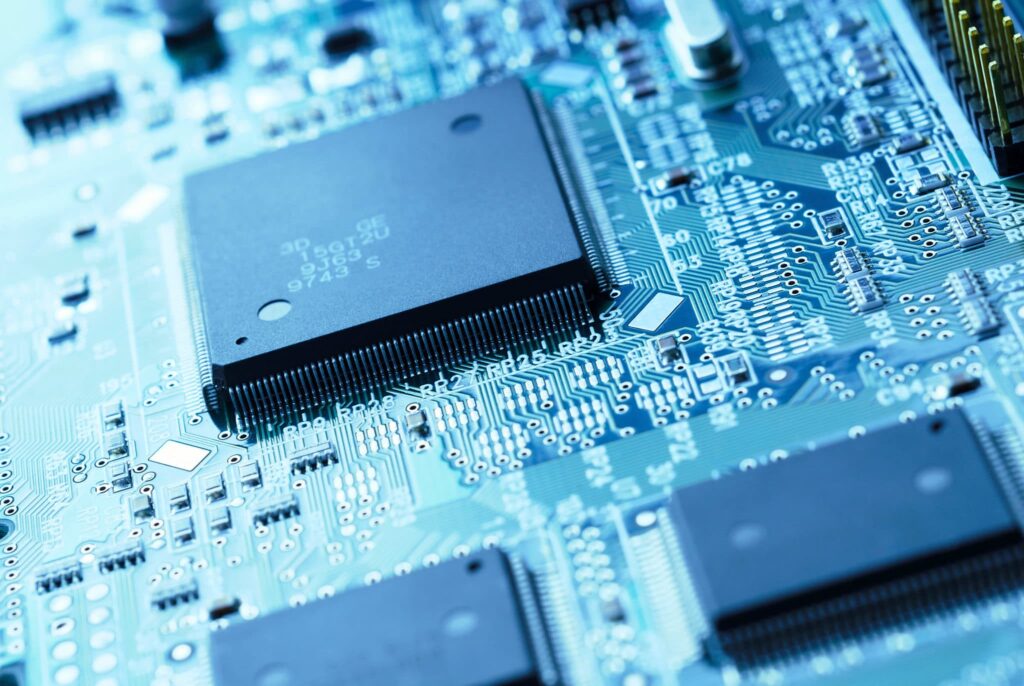Crisis and rivalries in the semiconductor industry


The semiconductor industry is at currently at the center of rising imperialist rivalries between giant capitalists US and China. The rhetoric of “free trade” has been set aside as the imperialist states take a direct role in their race to control the production and distribution of this key technological product.
This conflict is part of the intensifying competition between the giant monopoly capitalists. This involves not only a race in production technologies, but moreso involves political and military power against rivals. This mirrors the severe crisis of the global capitalist system marked by anarchy in production, giants gobbling up smaller capitalists and intensifying exploitation of workers.
The semiconductor industry
Semiconductors are one of the key components in electronic products. These are also called ICs (integrated circuit), electronic chips or microchips. Its capacity to control the flow of electrical signals in its circuitry enables it to cotnrol (or serve as “brains”) of computers, smartphones, hard drives, television sets, cameras, as well as “smart” appliances, modern vehicles, drones, military hardware and a lot more.
There are three types of companies in the semiconductor industry: there are those who design the chip’s circuitry (such as Qualcomm and Nvidia); those who carry out the actual manufacturing or production (such as the Taiwan Semiconductor Company or TSMC and the Semiconductor Manufacturing International Corporation or SMIC); and those who do design and production (such as Intel and Samsung).
In 2020, semiconductor sales were led by Samsung Electronics (South Korea), Intel (US) and TSMC (Taiwan). Eight of the leading companies are from the US. The biggest Chinese company comes in at 19th position.
But the biggest manufacturers of semiconductors are in Asia. Sixty-three percent of global semiconductor supply are produced in Taiwan, led by TSMC which produces 51.5% of global supply. Of the total, 18% comes from South Korea, and 5-6% comes from China.
Currently, various fields of capitalist production are being bogged down by the lack of supply of semiconductors. This started in the latter part of 2020 with the sudden spike in demand for computers and electronic gadgets in the face of lifestyle and workstyle changes brought about by the pandemic. This also arose as vehicle production restarted without prior orders after months of being forced to shutter by drop in sales at the outset of the pandemic. The supply shortage also came about as the US prohibited SMIC, China’s biggest microchip producer, from selling semiconductors to American companies.
One of the most affected by the semiconductor shortage is the production of vehicles. It is estimated that up to 2.5 million cars were not manufactured in the first half of 2021 because of supply problems. This also affected the production of new electronic products.
(The second part of the article will be published in the next issue.)













